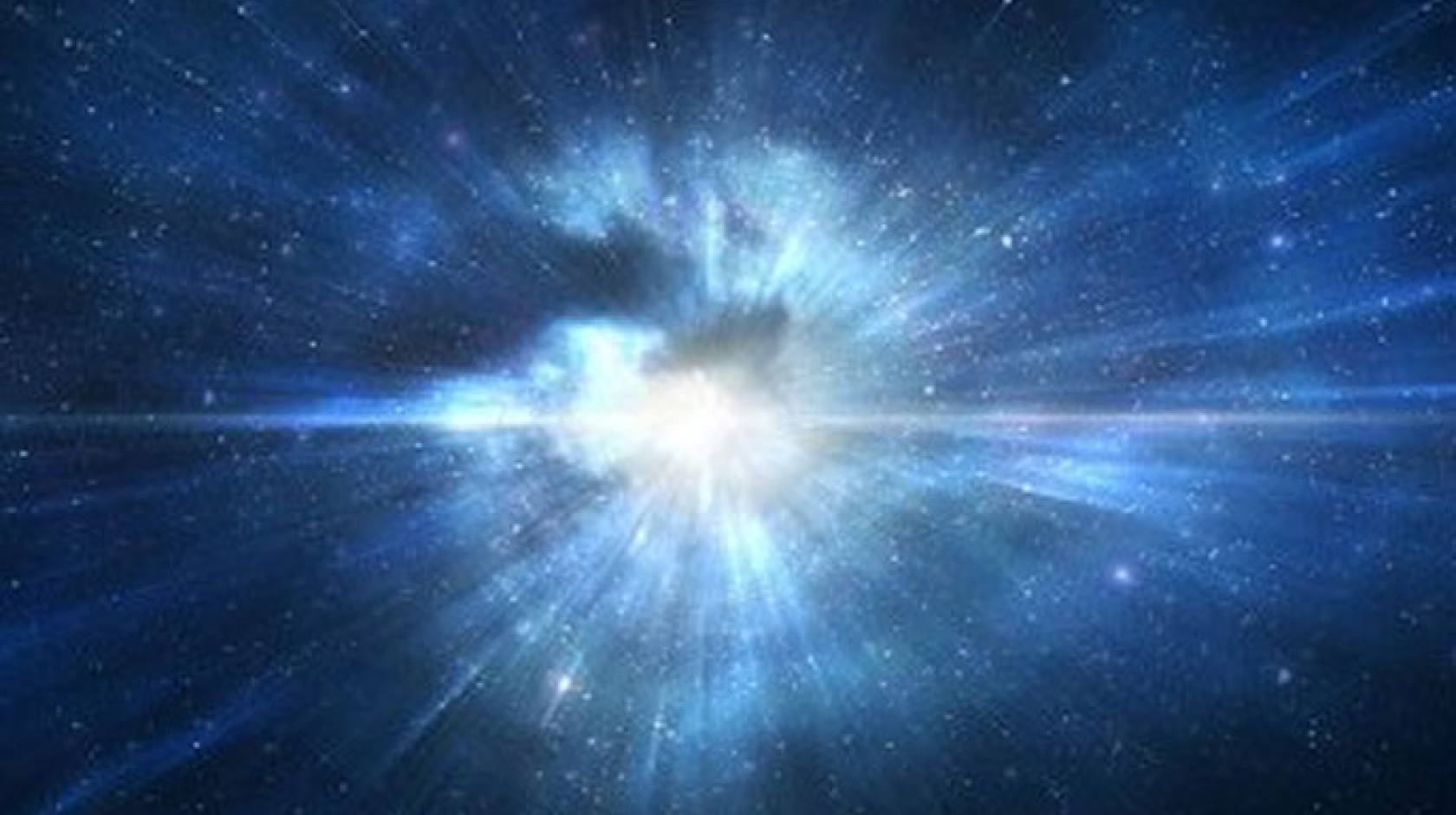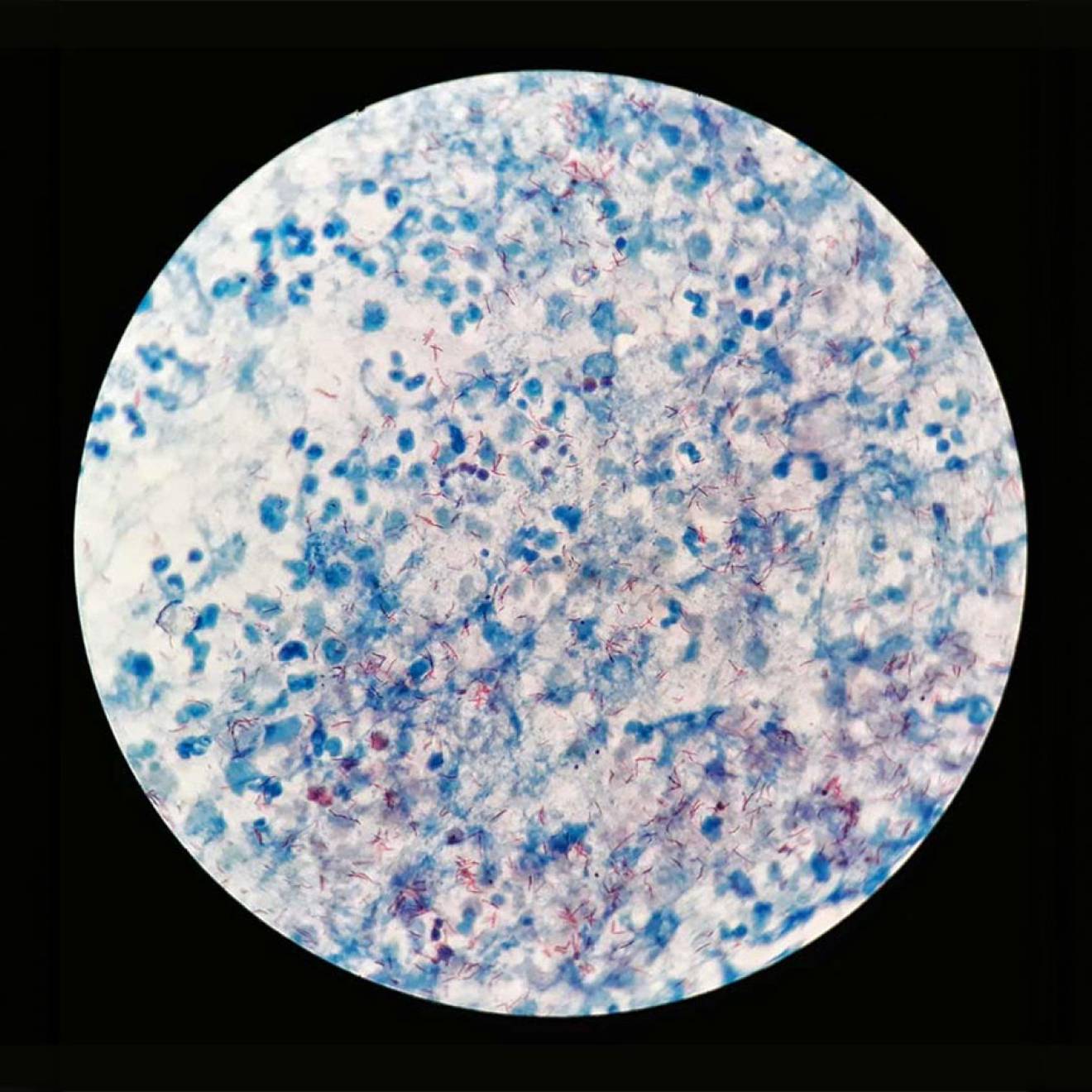Robert Sanders, UC Berkeley

A radio telescope array being built in South Africa to explore the period after stars first formed in the early universe has received $5.8 million in new funding from the Gordon and Betty Moore Foundation.
The grant to the Hydrogen Epoch of Reionization Array (HERA) project, led by UC Berkeley, will help build 110 new telescopes beyond the planned 240, creating a much more sensitive array able to detect faint radio signals at a wavelength of 21 centimeters.

Credit: UC Berkeley
These radio waves can potentially provide a history of the so-called “epoch of reionization,” a period beginning about 400 million years after the Big Bang when the first stars started to form and emitted copious high-energy light that eventually ionized about 90 percent of the hydrogen atoms in the universe. That event allowed starlight to travel uninterrupted through the universe, into our telescopes today.
The National Science Foundation awarded the team $10 million last year to boost the number of telescopes to 240, a project that should be completed in 2018, when the Moore-funded expansion will begin.
“Expanding HERA will help us map bubbles of ionization around early galaxies in our universe and will extend our ability to find the earliest signs of star formation in our universe,” said HERA lead investigator Aaron Parsons, an associate professor of astronomy at UC Berkeley.
Using this next-generation instrumentation for 21-centimeter cosmology, HERA will probe the 3-D structure of the universe during the very first appearance of stars, galaxies and black holes. This first generation of hot massive stars and black-hole binaries filled the intergalactic medium with X-rays.
“These X-rays would have heated up the hydrogen surrounding galaxies and should produce detectable fluctuations in the 21-centimeter line,” said Jacqueline Hewitt, lead investigator on the Moore Foundation grant and director of the MIT Kavli Institute for Astrophysics and Space Research. “Measurements of the ‘epoch of X-rays’ power spectrum could, in principle, distinguish between different scenarios for the very first generation of stars.”
The grant from the Moore Foundation was awarded through the Massachusetts Institute of Technology, a member of the HERA collaboration that also includes Arizona State University, Brown University, University of Cambridge, the National Radio Astronomy Observatory, the Scuola Normale Superiore in Pisa, Italy, the Square Kilometre Array Organization in South Africa, the University of California at Los Angeles, the University of Pennsylvania and the University of Washington.

